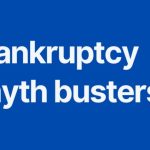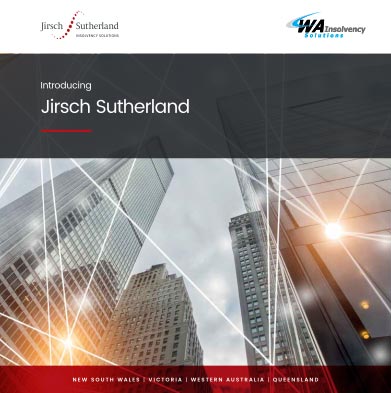
Frequently Asked Questions
If your company cannot pay its debts when they fall due then it is insolvent. There are three corporate insolvency processes that deal with this situation: voluntary administration, liquidation and receivership.
Trading while insolvent is against the law. If you or another director allows the company to trade, you could become personally liable for the company’s debts.
You will need to find out how the situation affects you from a tax point of view so seek early professional advice. Be aware that liquidators are not required to keep shareholders updated on the status or outcome of the liquidation.
You can find this information on the Insolvency Notices section on ASIC’s website: www.insolvencynotices.asic.gov.au. Here you’ll find all notices relating to the appointment of an external administrator. You can search using the company’s name or ACN.
You can also pay a fee for a company search on the ASIC register at www.asic.gov.au or check an individual’s insolvency status on the National Personal Insolvency Index at www.afsa.gov.au. Again a fee is payable.
It is very important that you cooperate with the liquidator during this process. You will need to complete their “Report as to Affairs” form and provide the relevant company records and books.
While this can happen it doesn’t always follow. What may make it more likely is if you have personally guaranteed your company’s debts. If this is the case, your creditors may reserve their right to recover the debt from you personally. If you were trading while insolvent, the liquidator may also pursue you for a settlement.
This is possible but it is important you get professional advice as this process is complex and requires careful planning.
Company directors are not usually liable unless they have personally guaranteed the debts, have an expired Director Penalty Notice from the Australian Taxation Office (prior to when an administrator has been appointed), have been found guilty of insolvent trading, or owe certain personal liabilities.
This depends on a number of circumstances such as whether the money can be obtained from the trustee in bankruptcy. The trustee in bankruptcy’s role is to sell the bankrupt’s assets. If there isn’t enough to pay all creditors you may find you just get paid a percentage of what is available.
This is a process where a company’s outstanding matters are finalised, its assets are liquidated and it ceases to exist as a company. In this situation you should pay the debt or prove that you are insolvent.
You should seek professional assistance immediately to discuss the options available to you.
WAIS works with a wide range of companies and businesses across all sectors. We specialise in helping small-to-medium sized enterprises but also have experience with large organisations. For further information and confidential advice, please contact us on (08) 9463 3000.










